Vank Cathedral, also known as Amenapergich, is a church located in Jolfa neighborhood in Isfahan. “Vank” means cathedral in Armenian. This church is one of the historic Armenian churches in Isfahan and was built during the reign of Shah Abbas II. After a major migration in 1605, ordered by Shah Abbas II, the Armenians came to Isfahan. They began building their homes and, initially, churches. Vank Cathedral is the largest and most beautiful church in the Jolfa neighborhood. What makes Vank Cathedral truly special is its exquisite interior adorned with intricate frescoes depicting biblical scenes, colorful tilework, and beautiful paintings. In the following, we’ll introduce you to this cathedral.
History of Vank Cathedral

Jolfa Neighborhood in Isfahan, home to the Vank Cathedral, has a long history as a settlement for Armenian immigrants in Iran. During the Safavid era, when Shah Abbas I ordered a retreat of Iranians during a war with the Ottomans, the Iranian army passed through Armenia. During this time, the Armenian population in Armenia was at risk of mass killings. To protect them, Shah Abbas decided to bring the Armenians to Iran and settle them. When Shah Abbas and his troops, along with the Armenian people, arrived in Isfahan, he allocated land in the Jolfa area for the Armenians.
Over time, the Armenians decided to build in this area, and with the efforts of the Armenian residents in Jolfa, 24 churches were established by the end of the 17th century, one of which was the Vank Cathedral. The history of Vank Cathedral dates back to 1606. At that time, Armenians had only constructed a small building in the southwestern part of the current structure, known as the Hakob Church. After 50 years, in 1655 during the reign of Shah Abbas II, the residents of Jolfa began constructing the main cathedral, which is almost the same as the present-day structure. The construction of the new Vank Cathedral took nearly 10 years. Over time, various parts of the Vank Cathedral were completed, including a prayer hall, an entrance tower, and administrative buildings within the complex.
Read More: Top Attractions in Isfahan
Architecture of Vank Cathedral

Vanak Cathedral is located in an area of about 8,700 square meters, with around 4,000 square meters of this space occupied by buildings, and the rest making up the Vanak Garden and green space. The exterior of the church is covered with bricks. The architecture of Vanak Church is a mix of Iranian and European styles, which is one of its standout features. The appearance of the church reflects Iranian architecture, but its interior design draws inspiration from Europe. The walls of the church, which extend up to the second-floor ceiling, are nearly twelve meters high.
Most of the churches in Armenia are made of stone, and even if the desired type of stone was not available in the region, architects would source it from distant areas. However, Vanak Cathedral is different. It was constructed using local materials, specifically bricks, and oil paint was used for its paintings. The entrance street of Vanak Church and its inner courtyard are paved with stones.
Read More: Top Historical Architecture Sites to Visit in Iran
Main Entrance
This building has two entrances. The main entrance has a large wooden door that people use to come and go. Above the entrance door, you’ll notice a painting of the interior of the church, decorated with turquoise and gray tiles. Once you enter through the wooden door, you step into the courtyard area. In Vanak Cathedral’s courtyard, you’ll have several options to begin your visit, including the church’s vestibule, the bell tower, the Vanak Museum, and the Vanak Cemetery, which is located in the northwest corner of the courtyard. Most tourists start by seeing the bell tower, which is right next to the entrance door of the church.
Today, Vanak Cathedral is not just a place for Christian worship; it has become a significant tourist attraction in Isfahan. It’s often recognized for its captivating paintings located in the main church space, each telling a religious story. Let’s learn more about the paintings in this building in the following part.
Vank Cathedral Paintings

If you’re into art and painting, you’ll definitely be captivated by the details and color combinations of the paintings on the ceiling and walls of this church. Almost everywhere in this church, you can see beautiful and colorful paintings. These paintings are on the walls, the inside of the dome, the arches, and even outside the church. They are painted on stone, wooden boards, canvas, and walls.
Many of these paintings depict stories from the Christian Bible. You can find stories from the birth of Jesus Christ to his ascension, from purgatory to heaven and hell, all beautifully illustrated on the walls and ceiling of this church. One of the most fascinating paintings in Vanak Cathedral is a narrative-style painting that starts from a special room in the church and tells various stories. These images continue throughout the church. These paintings depict the birth of Jesus, the Last Supper, his crucifixion, burial, and several other religious stories.
See More: Maryam Moghadas Armenian Church
The Big Clock
One of the interesting parts of Vanak Church that you’ll see on the right side after entering the church is a tall tower known as the “First Bell Tower” or the “Clock Tower.” This tower is built with three levels. Right on top of this tower, just below the third floor, you’ll spot a very large clock weighing around 300 kilograms. The clock on this tower was added about 38 years after the main construction of Vanak Church.
The clock was a gift from Mardiros Ghevork Hurdananyan in 1931, in memory of his brother after his passing. The bells in the bell tower chime in harmony with the clock, and their echoes resonate throughout the Jolfa region.
The Domes of the Church
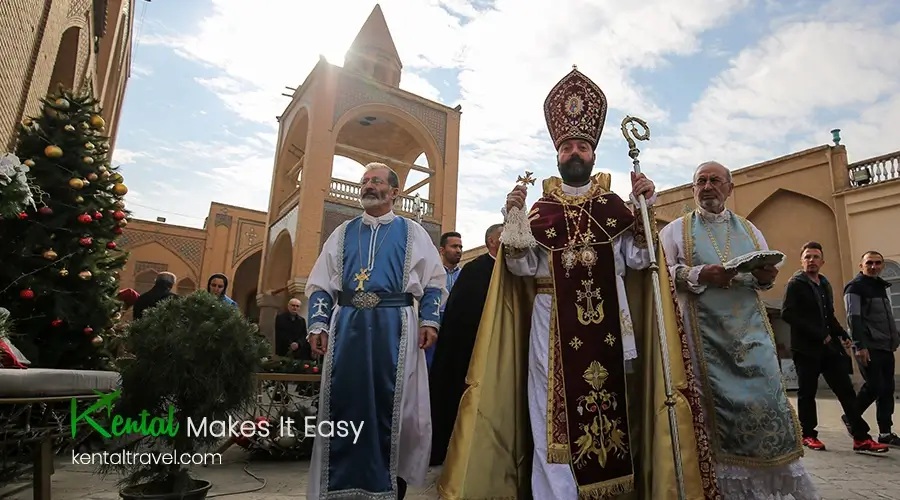
Vanak Cathedral has two domes, a small one and a big one. They put the small dome above the gathering area for the people, and the big dome is right above the church’s altar. When you enter the church on the western side, you’ll notice square-shaped columns with tall arches that support the church’s domes. The architecture of the big dome bears a striking resemblance to the domes of mosques, while traditional church domes are cone-shaped. Given that this building dates back to the Safavid era, they took inspiration from mosque architecture of that time when constructing this dome.
The outer part of the dome is made of bricks, and the interior is adorned with lapis lazuli-colored paintings. The paintings on the dome of Vanak Church are among its most beautiful attractions, and tourists find them quite delightful to behold. On the lapis lazuli surface of the big dome, you can see depictions of the creation of Adam and Eve, the story of them eating the forbidden fruit, and the tale of Cain and Abel.
Bell Tower
To the right of the main entrance door of the church, you’ll come across a large bell tower that was constructed in the year 1702 AD. It stands three stories tall, supported by four stone columns, and reaches a height of 10.5 meters. The tower was built using a combination of stone and raw bricks.
The second floor of this tower was used for worship and religious ceremonies and is named after two angels, Gabriel and Michael. On the third floor, you’ll find two pairs of bells. One of these bells originally belonged to a church on Kharq Island but was transferred to Jolfa after the island’s church was destroyed. The dome of this tower follows Armenian architectural style, featuring a multi-sided design with a sharp point.
The ringing of the bells in this tower serves as an invitation for Armenians to participate in religious ceremonies held at the church. (You can read more about the religious sites in Iran in this article: Top religious sites in Iran)
When is the Best Time to Visit Vank Church?

The best time to visit Vank Cathedral, also known as St. Vanak Church, in Isfahan, Iran, is during the spring and autumn months. The weather during these seasons is generally pleasant with mild temperatures, making it ideal for exploring the church and its surroundings. Spring (April to June) and autumn (September to November) offer comfortable temperatures, blooming gardens, and clear skies, enhancing your overall experience.
FAQs about Vank Cathedral
- How old is Vank church?
Vank Church building is approximately 360 years old. It was constructed in the early 17th century, with its construction beginning in 1606 and completed in 1664.


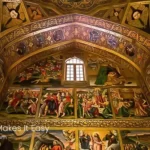
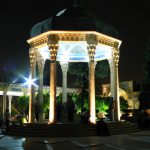
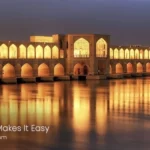
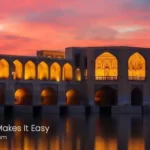
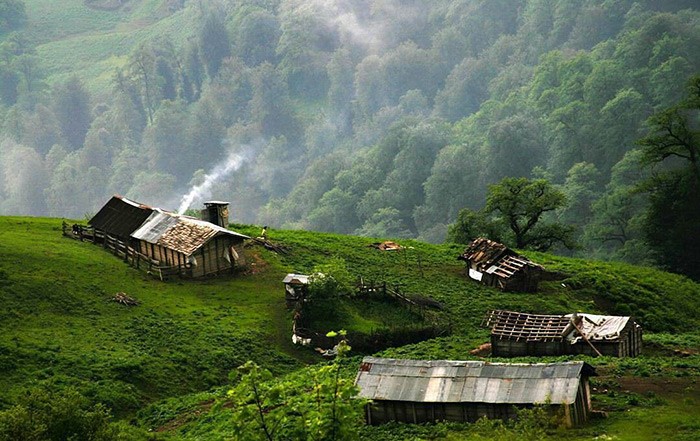

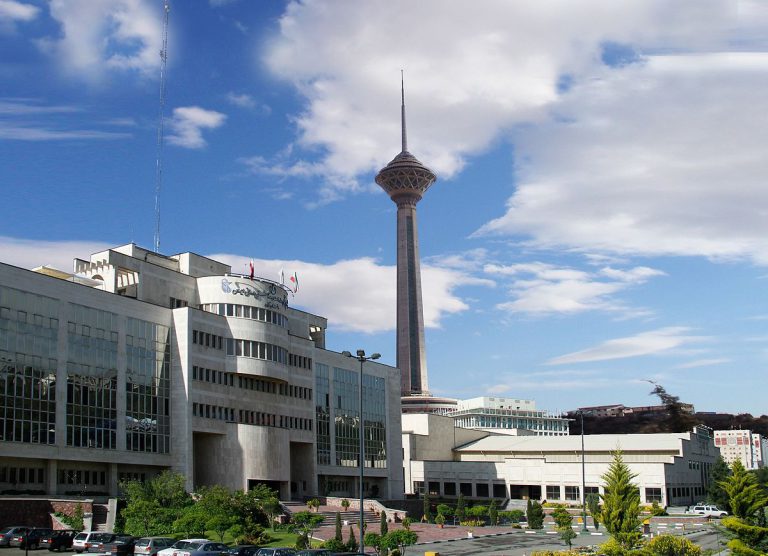
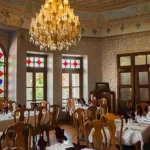
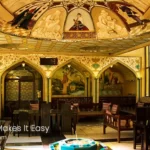
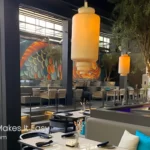
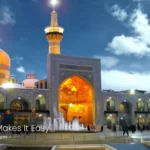
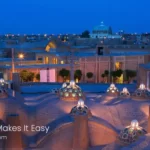

[…] Vank Cathedral in Isfahan, dating back to the 17th century, is a beautiful example of Neo-Gothic architecture. Vank refers to one of the Armenian communities in Isfahan, and this cathedral was built to serve the Armenian community there. The interior and exterior of the church are exquisitely designed and adorned with decorative walls, stained glass windows with beautiful patterns, and interior artwork. These elements contribute to making it a significant historical architectural site in Iran. […]